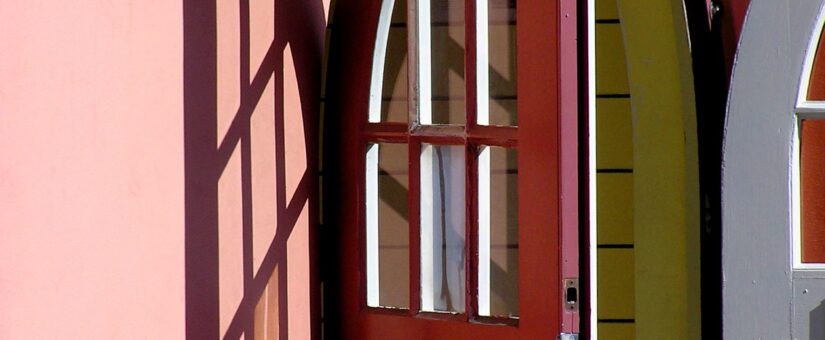
The Don Quixote Project: New Perspectives on Functional and Dysfunctional Organizations and Their Leaders
I have already identified a second type of narcissism which is somewhat less obvious. This parallels Donaldson-Pressman and Pressman’s classic description of the covert narcissistic family in The Narcissistic Family (San Francisco: Jossey-Bass, 1994). This is the closet or “quiet” narcissism to which many of us might candidly admit. At some level we envy the accolades received by other people. We are uncomfortable being on the sidelines at events where other people are the focus of attention. We smolder a bit, though soon dismiss our resentment and join the celebration. This too is a form of narcissism and it can serve as a barrier to effective leadership. At these moments, we quiet narcissists can learn much about ourselves and our own leadership challenges. Like Don Quixote, we must face our own reality.
Triumphant though Cervantes is in inspiring the other prisoners (and basking in his own theatrical glow), he ultimately requires Quixote to face reality and leave the dreams behind. Don Quixote must retreat from his narcissistic fantasy. Cervantes forced his fictional character, Don Quixote, to see himself for what he truly is. Quixote was required to look into a mirror, having lost in combat to the “Knight of the Mirrors.” This shattered his illusions and his dreams. The mirror is an instrument of vision and spirit, yet the triumphant knight is using a set of mirrors to destroy Quixote’s spirit. The knight is himself an illusion. He is actually a son-in-law of Quixote who has grown increasingly impatient with the Don’s antics.
The well-intended Knight of the Mirrors demands that the Don acknowledge he is actually an aging man of modest means. Quixote is jolted into “reality.” He has become a mad man who is dressed, not for a battle, but rather for a foolish masquerade. Like many postmodern leaders, Don Quixote is particularly vulnerable to ridicule and massive ego deflation. Ironically, we are most vulnerable precisely at the moment when we are most successful. We are balancing on a high wire and have a long way to fall. Don Quixote has gained many admirers and has won many battles against fictitious foes. He desperately wants to keep the masquerade going. His son-in-law won’t allow him to continue indulging his false spirit. When confronted with the mirrors, Don Quixote’s ego and spirit rapidly deflate. He is left an old and dying man, with neither illusion nor a will to live.
Don Quixote is thrown into depression, having suffered what psychologists call a “narcissistic wound.” He finds no support to match the challenge that he is forced to face in the mirrors. In many ways, Quixote represents the fundamental challenge of postmodern leadership. He only recovers his “sanity,” or at least his spirit, when his “support group” (consisting of Dulcinea and his sidekick Sancho Panza) come to his rescue. As Donaldson-Pressman and Pressman would suggest, Dulcinea and Sancho should help Quixote identify and honor his own distinctive “treasure.” Certainly, his compelling vision is to be honored, as is his devotion to both Dulcinea and Sancho. So, how does he embrace the vision, while also embracing reality and discerning what is and is not his reflection in the pool? Perhaps this is the challenge being faced by most men and women today who chose to lead postmodern organizations.
- Posted by Bill Bergquist
- On August 26, 2011
- 0 Comment


Leave Reply